
By Sakeena Siddiq
Barbie or Oppenheimer? Greta Gerwig’s Barbie is one of the biggest phenomenons at the moment. The movie trailer released in December became an instant talking point on the internet. It’s not hard to see why, with the nostalgic, Barbie-pink aesthetic and many well known actors in the film. But given Barbie’s ubiquity and popularity, there is definitely a history of exclusion in Mattel’s products. From her narrow body type to their white dominated products, they have been known to represent only a certain type of woman. To add on to this, there is also an overwhelming lack of disabled representation.
The first disabled Barbie was called “Share-a-Smile Becky,” released in 1997. The timing came 7 years after the passage of the Americans with Disabilities Act (ADA). This was revolutionary in changing the cultural understanding of disability not as something to be overcome or fixed, but to be recognized, acknowledged, and celebrated. Becky was a wheelchair user in the classic hot pink Barbie color, and was said to be selling out of the stores. However, excited buyers of the toy soon realized that Becky wasn’t able to fully play with her Barbie friends -- she didn’t fit in the Barbie dream house doors or elevator. Consumers at the time commented on how ironic it was that housing for the disabled toy was not accessible, just as in real life.
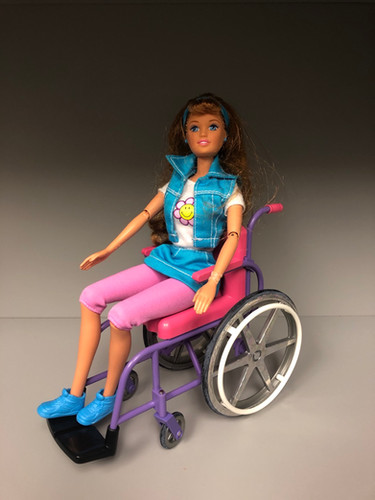
Since Becky’s launch, Mattel has promoted and released more lines of dolls that are more representative, including dolls with disabilities. Some have prosthetic limbs, hearing aids, and one has vitiligo. Their newest doll is a Barbie with Down Syndrome, designed with guidance from the National Down Syndrome Society. It’s great that Mattel has broadened its representation of people with disabilities; more children will be able to play with toys that look like them. In other genres of toys, Aaron “Wheelz” Fotheringham, an extreme wheelchair sports and WCMX athlete, has a Hot Wheelz partnership and a standard Hot Wheelz (wheelchair edition) and even RC toy of himself! One of the first questions that came up when I was researching “Aaron Fotheringham” on Google was, “how did Aaron Fotheringham overcome his disability?” This is evidence that combating ableism does not stop at mere representation. Indeed, some disabled people have pointed out that focusing on wheelchair-using toys can create an idea that ramps are the solution to accessibility. However, we know that accessibility and accommodations are not one size fits all.
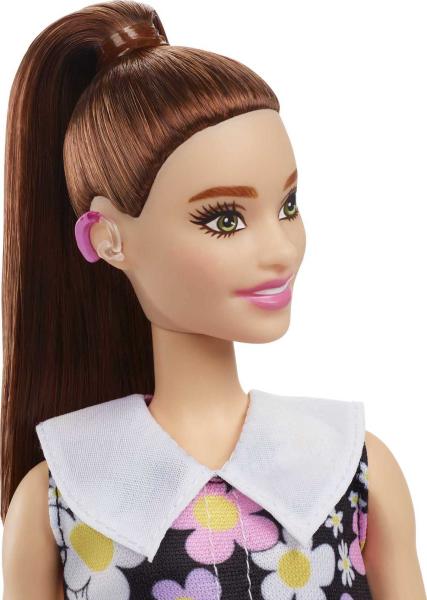
|
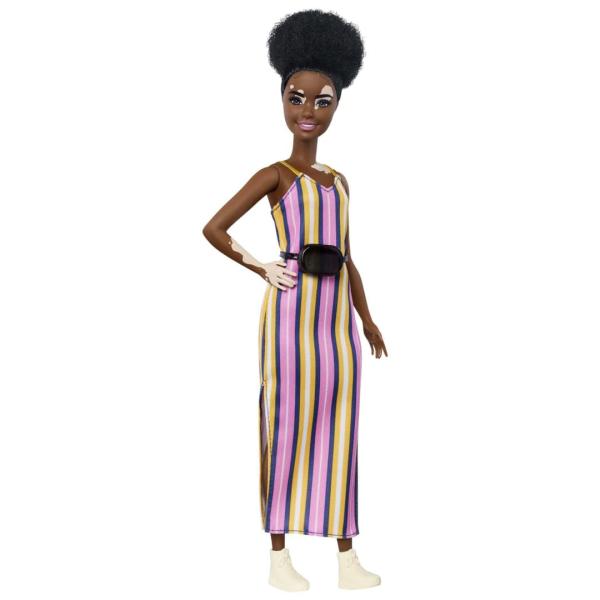
|

|
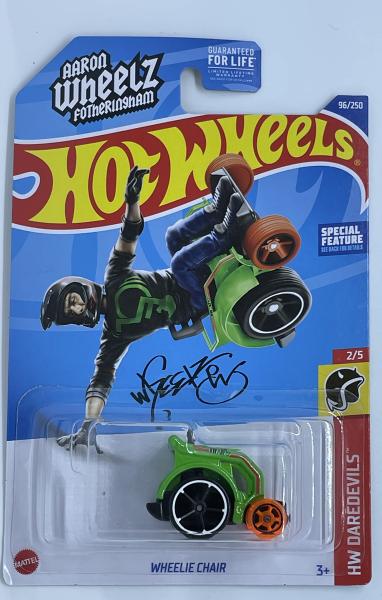
|

|
Mattel has also partnered with the Olympics, notably for Tokyo 2020, to create Barbies modeled after Olympians such as Alex Morgan, a soccer player, and Naomi Osaka, a tennis athlete. These dolls were widely distributed and commercialized to honor their achievements, and rightly so! However, this honor was not extended to Tokyo Paralympians. Mattel created dolls for Paralympians, including Madison de Rozario, a wheelchair racer, and Bebe Vio, a wheelchair fencer. These dolls were never available for purchase, while the Naomi Osaka doll and other able bodied Olympian barbies are still available, 2 years later, on Amazon. The choice to create Barbies modeled after Paralympians is great for increasing their recognition, but to have true inclusivity and representation, Barbie should fully acknowledge Paralympians by adding their dolls to the commercially available line.
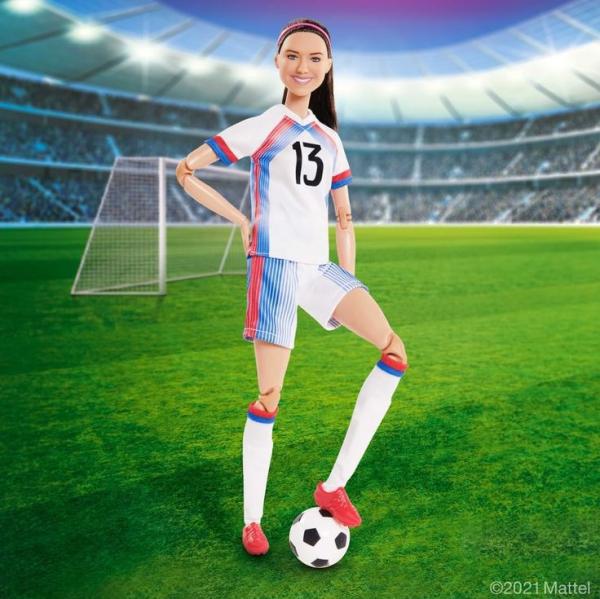
|
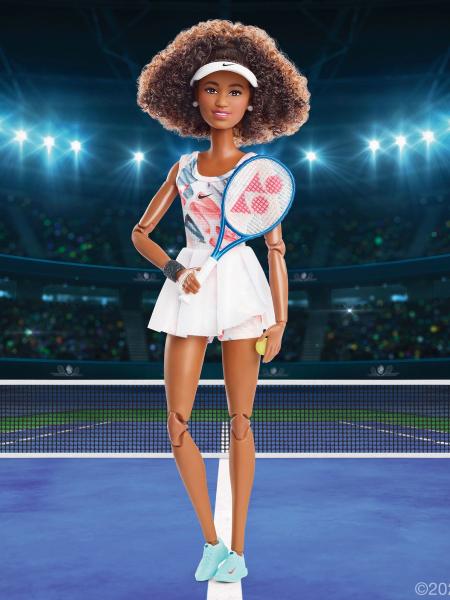
|
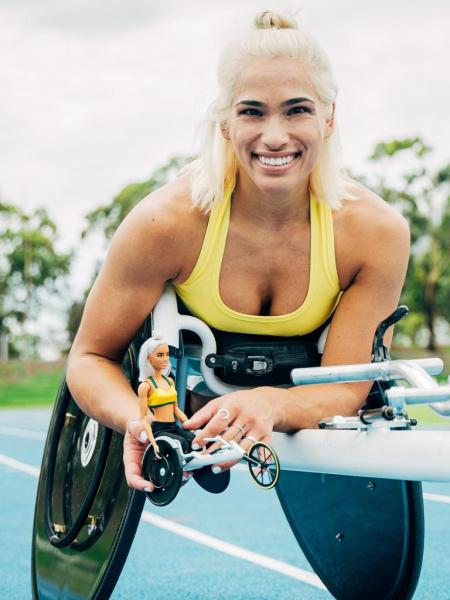
|
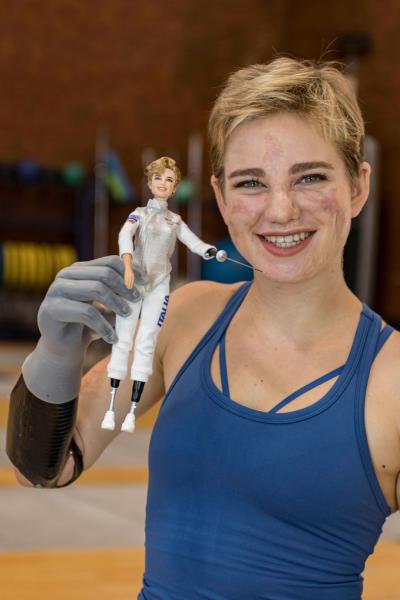
|
Making strides towards inclusion is absolutely important and should be encouraged. However, we also have to ensure these efforts are informed by the experiences and opinions of disabled people.
Originally Posted: 19 July 2023

